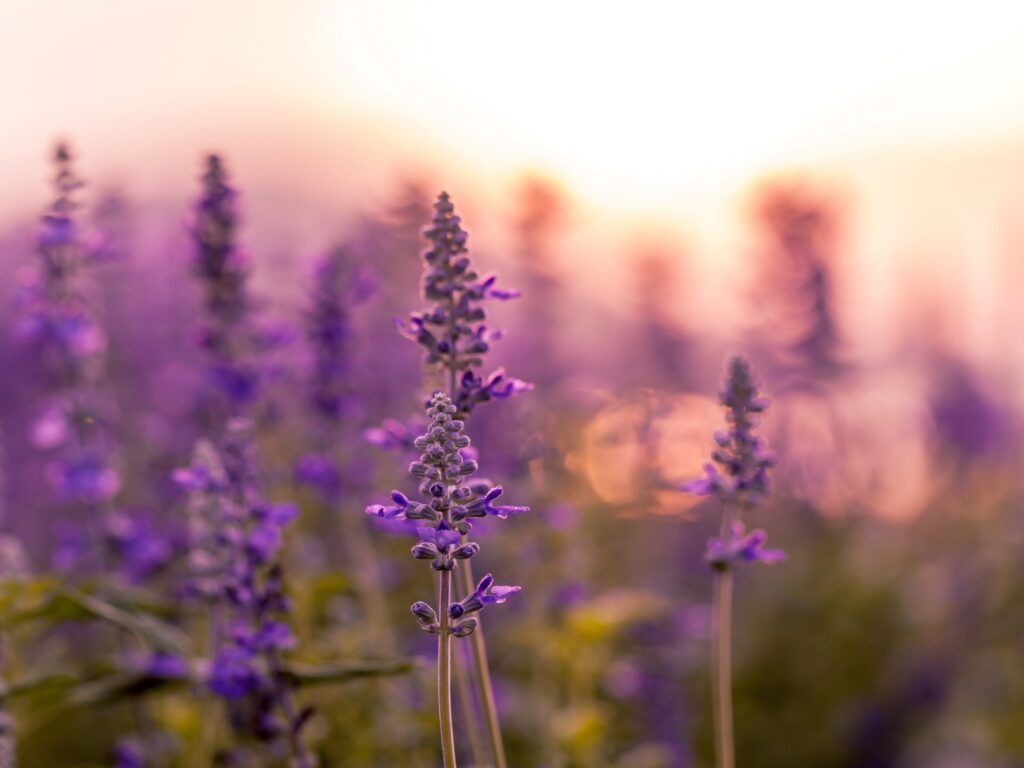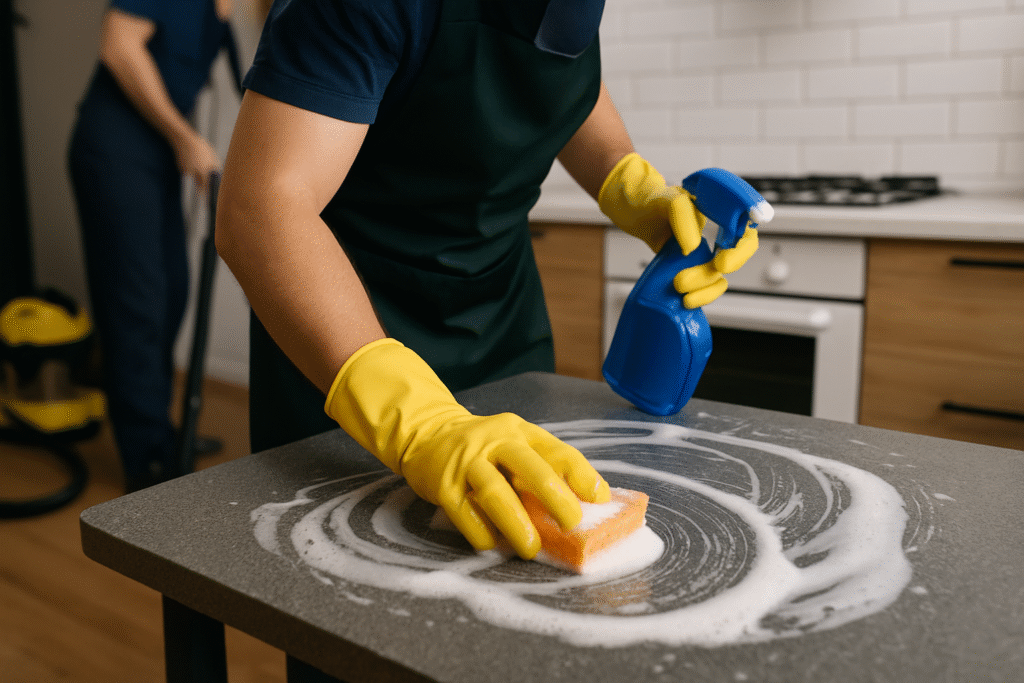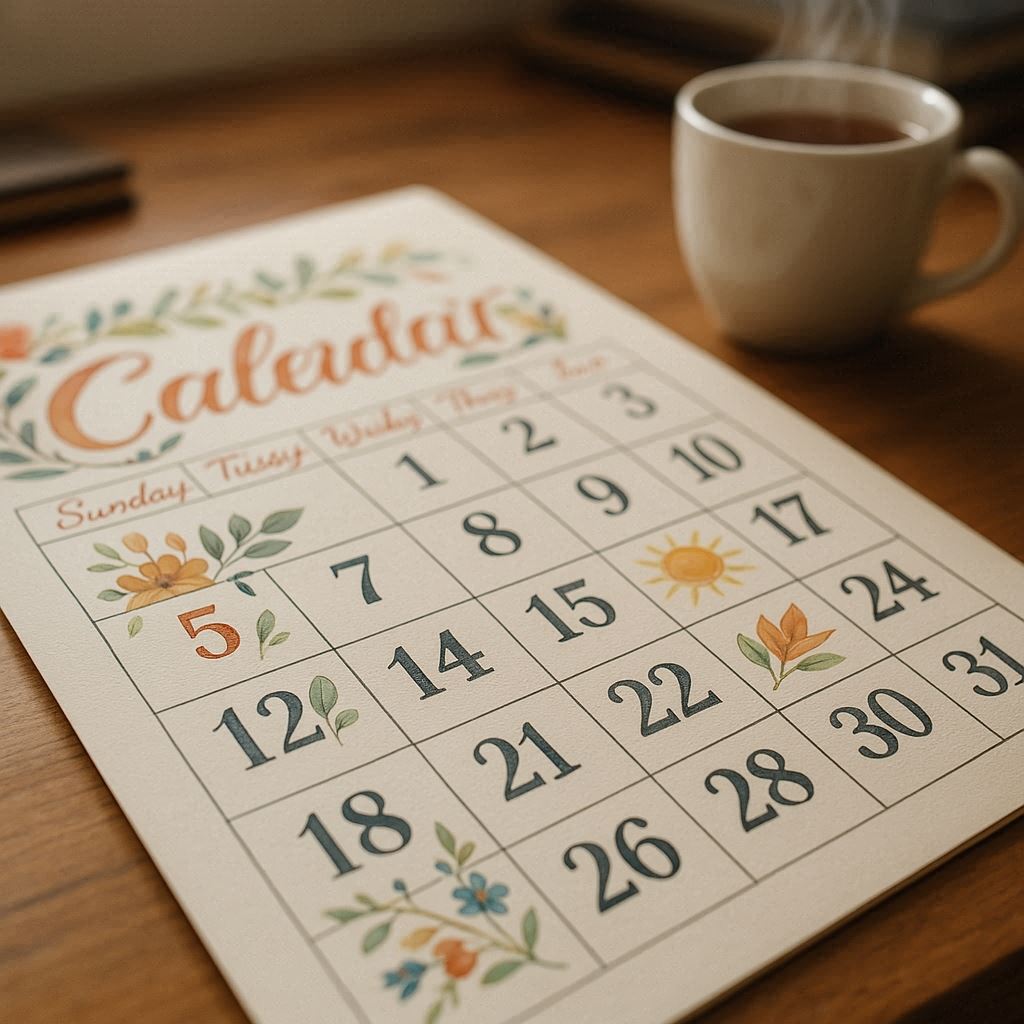Lavender, a highly versatile and immensely popular plant, offers not only delicate foliage and beautiful blooms but also a captivating fragrance. It is commonly found in flower beds and herb gardens, and it serves as an excellent choice for lining paths or creating informal hedges.
When it comes to watering lavender in the ground, it’s important to note that this plant is highly drought-tolerant, originating from the Mediterranean region where heat and poor soil prevail. Lavender requires minimal watering, and overwatering is a common mistake to avoid. Excessive watering can lead to root rot, which ultimately results in premature death.
Lavender is considered a low-water plant with specific needs. While plants require sufficient water, it is crucial to ensure that containers and soil have good drainage. Lavender does not thrive when its roots are constantly soaked.
After planting lavender, it is necessary to provide regular watering to help it acclimate to its new environment. During the first summer, newly planted lavender should be watered once or twice a week.

Once lavender is established, its watering requirements decrease. The plant develops a taproot and numerous fine roots that spread out, enabling it to access water deep within the soil. Lavender can withstand dry periods and only requires watering during extended droughts, such as when there has been no rain for two weeks. This characteristic makes lavender an excellent choice for drought-tolerant gardening, as it does not require frequent watering once it is well-established. During winter months, lavender growing outdoors does not need watering.
For lavender grown in pots, regular watering is necessary. However, it is crucial to allow the soil to completely dry out between waterings. Deep and infrequent waterings are recommended to ensure the health and vitality of potted lavender. When watering potted lavender, it is helpful to check the moisture levels by feeling the soil with your fingers. Even if the surface appears dry, the soil near the roots may still be moist. Potted lavender should be allowed to moderately dry out between waterings, and a deep watering every two weeks is recommended. It is important to observe water running out of the drainage holes at the bottom of the pot, ensuring that the root ball has been thoroughly soaked. After a few weeks, when the soil appears dry again, another deep watering can be administered.
Can lavender be overwatered? Absolutely. Both lavender grown in the ground and in pots can suffer from overwatering. Watering the plant too frequently or using poorly draining soil can contribute to overwatering. Signs of lavender being overwatered include yellowing or browning leaves, drooping foliage and stems, mould on the waterlogged soil surface, or a rotten smell.
Fortunately, overwatered lavender can recover. The first step is to cease watering the plant until the soil dries out, which may take several weeks. Lavender’s well-developed roots are capable of sourcing moisture if necessary. Once the soil is completely dry, a new watering schedule should be established to prevent overwatering in the future. In the case of potted lavender, reducing watering and relocating the plant to a sunny spot can aid in drying out. Repotting the plant with additional grit for improved drainage and ensuring the presence of drainage holes in the container are also beneficial. If any signs of root rot are observed during repotting, the affected sections should be pruned off.
In conclusion, lavender is a low-maintenance herb with a delightful aroma, making it an excellent addition to any herb garden. Once established, lavender requires minimal care and only needs watering during prolonged dry periods. Regular pruning will help maintain its shape, and you can enjoy a bountiful lavender harvest year after year with ease.




